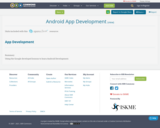
Using the Google developed lessons to learn Android Development.
- Subject:
- Applied Science
- Computer Science
- Material Type:
- Activity/Lab
- Lesson
- Lesson Plan
- Teaching/Learning Strategy
- Date Added:
- 03/06/2019


Using the Google developed lessons to learn Android Development.
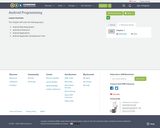
This Chapter will cover the following topics Android Operating System Android Architecture Android Applications Android Application Development Tools
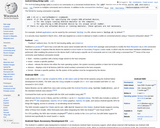
Android software development is the process by which new applications are created for devices running the Android operating system.
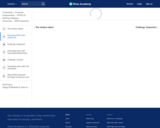
An overview of Animating DOM with setInterval

Learn how to use jQuery to animate elements in custom ways, like animating their sizes, borders, and spacing, to whatever values you specify.

Now we'll pull everything together and explore how we calculate the position of a particle over time (frame by frame).
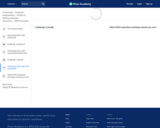
An overview of Animating styles with CSS animations
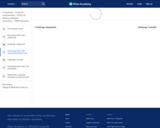
An overview of Animating styles with requestAnimationFrame

Learn how to use jQuery to show, hide, and toggle elements with animation effects.
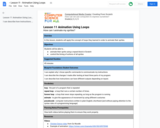
In this lesson, students will apply the concept of loops they learned in order to animate their sprites.

I wanted to make a realistic animatronic heart, and as I was developing the 3D printed mechanism I used a sock to try and get a vague idea of how the silicone skin would move once the design was finished. Since the silicone casting turned out to be quite challenging and very expensive, the sock test gave me the idea to instead use a slightly elastic fabric to make a plush heart design, which could be fitted over the 3D printed mechanism.
This project is very simple on the 3D printing/assembly/electronics side, but I'd recommend you have a little sewing experience because, as a sewing amateur, I'm not 100% confident in my patterns. A sewing machine is not necessarily required and a lot of the sewing is by hand anyway, but it would certainly be useful!
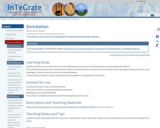
Use Purdue OWL to annotate the paper Scale and Cross-Scale Dynamics: Governance and Information in a Multilevel World

El presente análisis corresponde al cuento de López Albújar.

El presente análisis corresponde al Jircas de López Albújar
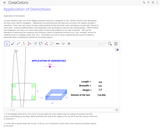
We use the derivative to determine the maximum and minimum values of particular functions (e.g. cost, strength, amount of material used in a building, profit, loss, etc.).Differentiation is also used in analysis of finance and economics.
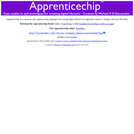
Apprenticechip is a course on case studies in and techniques for creating digital libraries for apprentice learners.
The goals of this course are: 1. Learn a 10 step approach to digital library design, creation, curation, operation and evaluation. 2. Through the lens of this 10 step approach, review case studies of over 20 digital libraries of various sizes, encompassing a variety of disciplines, addressing diverse missions, utilizing a variety of technologies and learn how they succeeded and failed. 3. Use this 10 step approach to create your own small digital library to help apprentice learners in your area of professional expertise or personal passion.
We also wish to provide an introduction to digital libraries and to explore the questions 1) What is the history of digital libraries and learning? 2) What is the future of digital libraries and learning? 3) How can we create digital libraries that help apprentice learners? and 4) What role do professional + amateur librarians have to play in the future of digital libraries and learning?
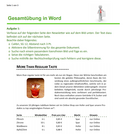
Dieses Arbeitsblatt beinhaltet zwei Aufgaben, um die gelernten Inhalte in Word selbstständig zu üben.Diese Übung beinhaltet unter anderem:EinzügeAufzählungenBilderPiktogramme und FormenTabelleTabulatorRechtschreibprüfungSilbentrennung etc. Dieses Arbeitsblatt ist ideal für die 9. Schulstufe.

In this resource, you will find five archival preservation handouts and one handout addressing arrangement and description. These handouts will quickly help a user understand how to best preserve different types of materials at their home. There are both full-color and black and white versions of each of these handouts. The handouts are licensed under CC, by 4.0.
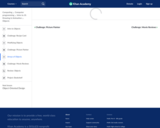
Pamela shows how to store arrays of objects - a very powerful tool for your programs.
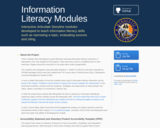
Covering necessary information literacy topics in a traditional "one shot" session can be difficult. To address this challenge, a suite of interactive online modules were developed to provide active learning lessons on various information literacy topics. The modules can be used in fully online, flipped or face-to-face courses and can be integrated into a learning management system (LMS) so student knowledge and progress can be tracked and assessed.
Developed using Articulate Storyline, the sources files are available as open source downloads under a GNU General Public License (GPLv3). Please feel free to download and continue to enhance and improve these modules.